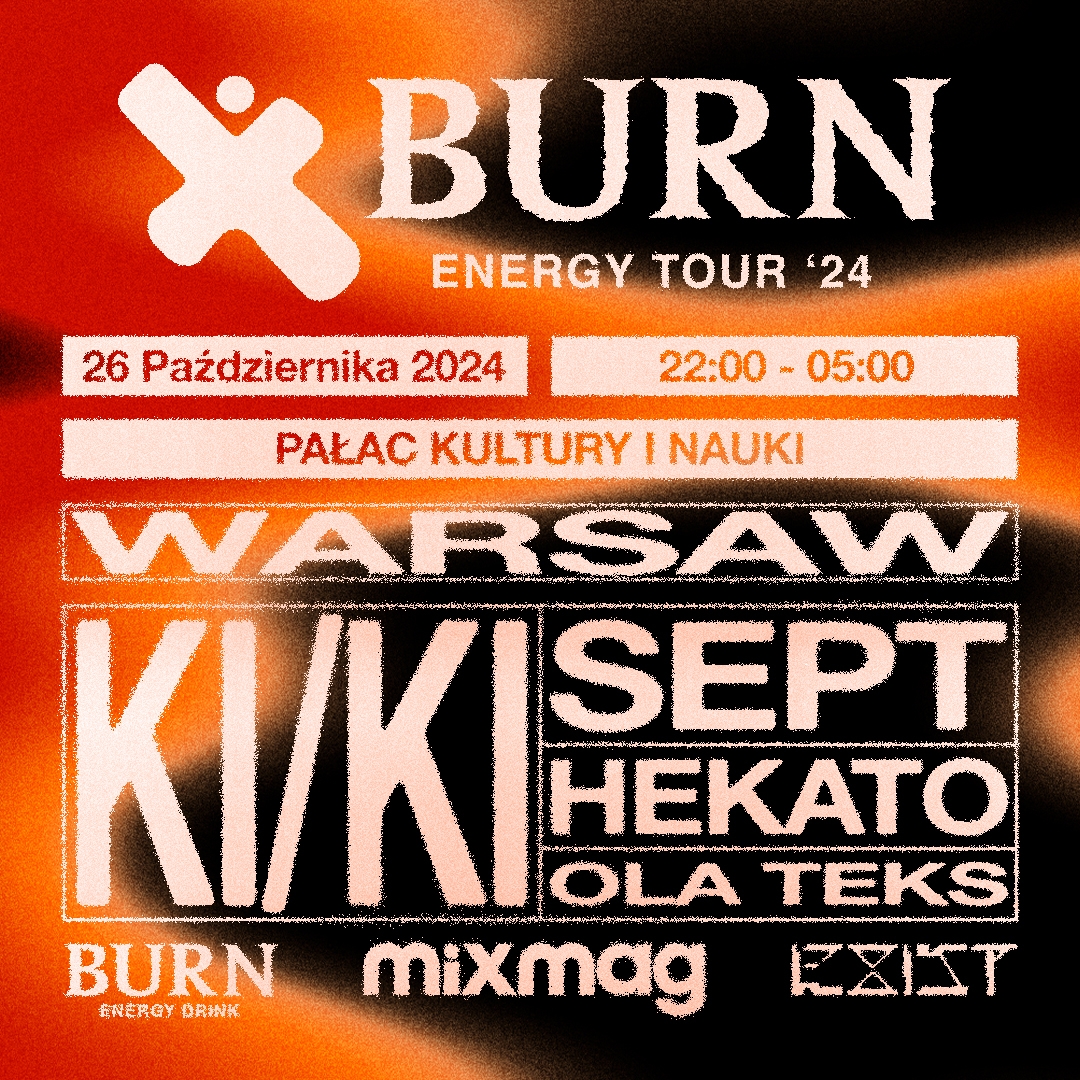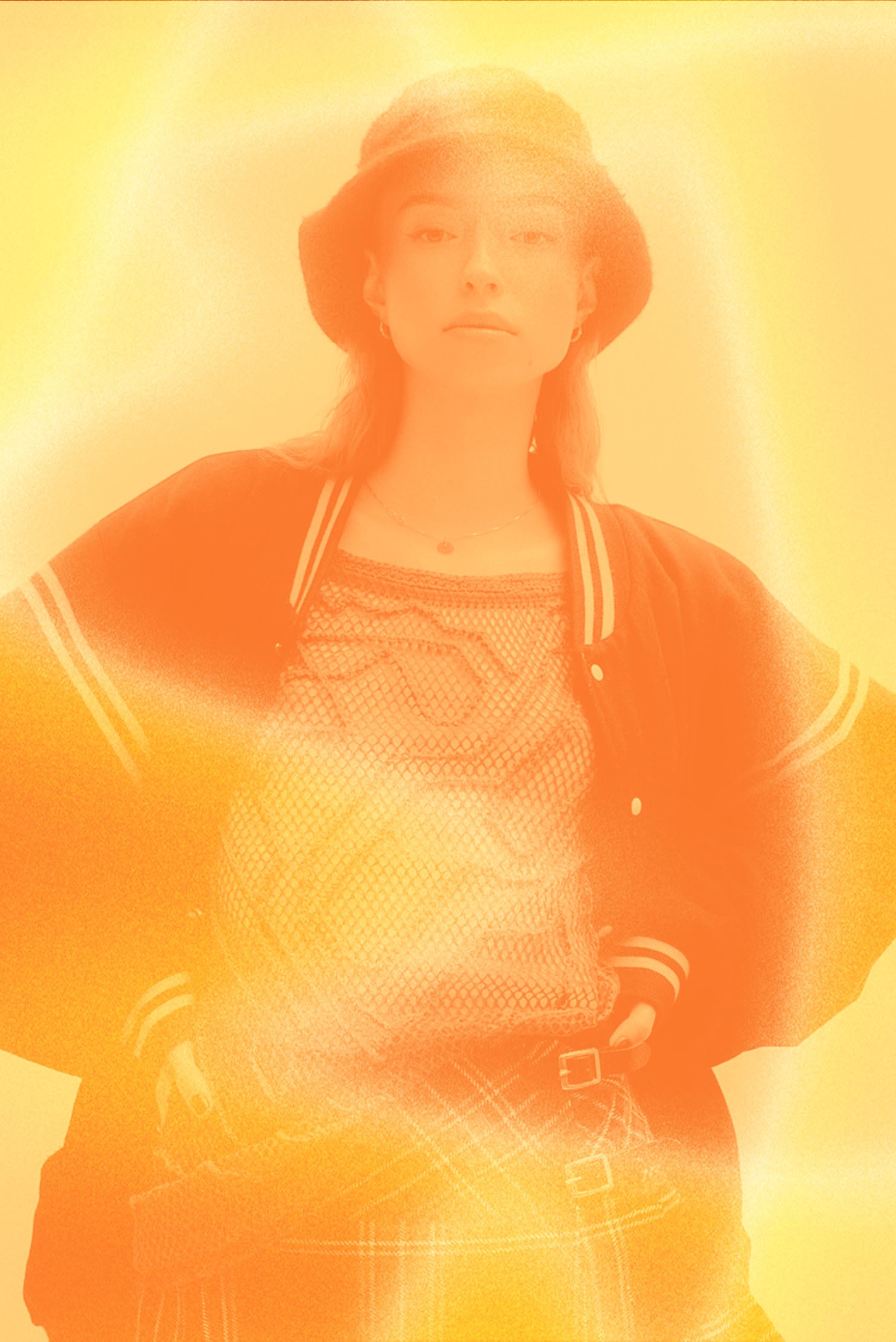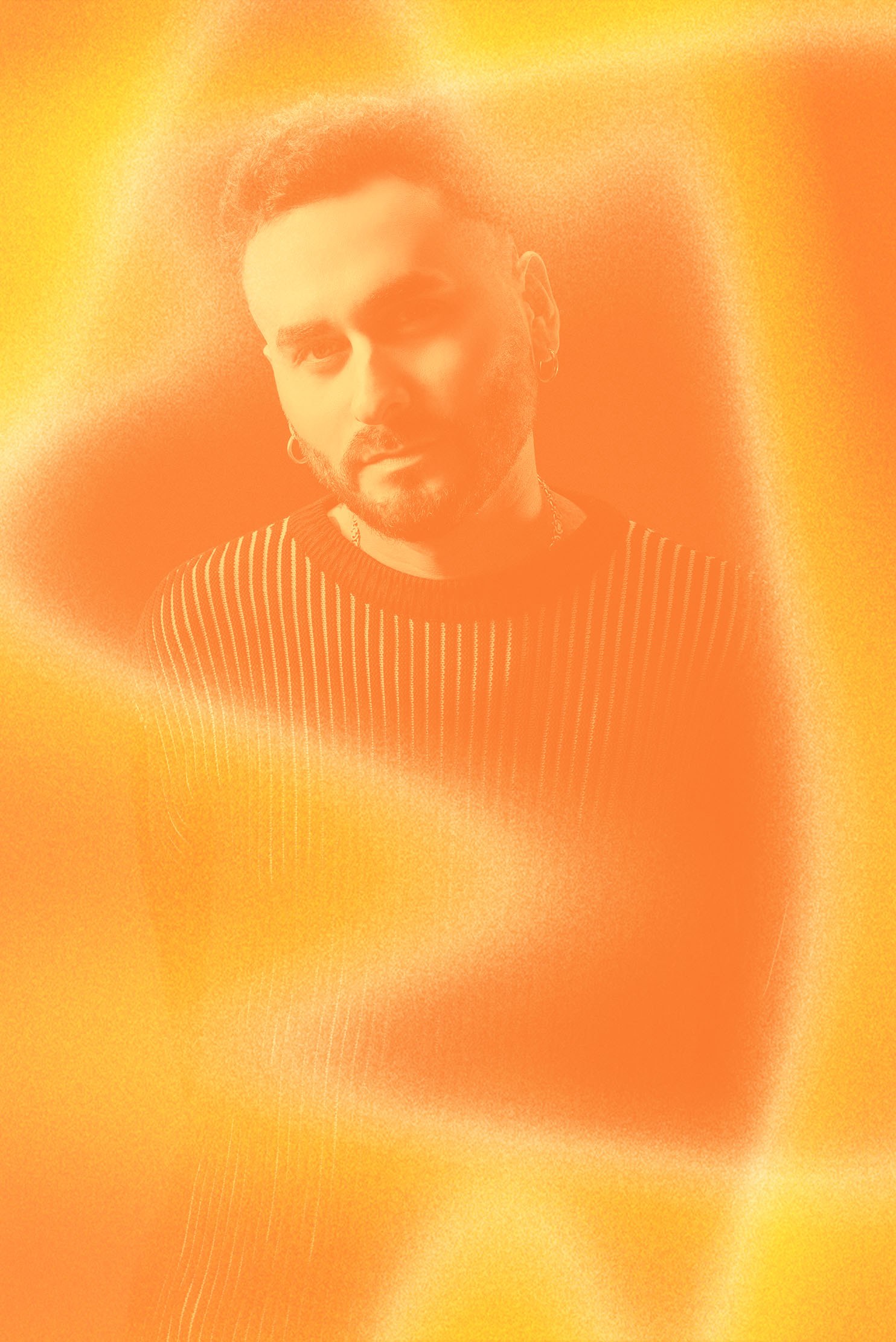 Features
Features
8 reasons why you need to go clubbing in Warsaw
The Polish capital, which is hosting the next stop on the Burn Energy Tour, is an essential destination for ravers seeking new thrills
Warsaw’s club scene is thriving right now, with a heady blend of youthful energy, high-quality venues, DIY culture, dedicated ravers, and taste for dynamic musical sounds percolating into a dancefloor destination that’s growing to rival the best in the world.
There’s a highly dedicated and diverse clubbing community at the wheelhouse of this evolution, who are not only curating amazing musical experiences but also pulling together against political turbulence, while a related influx of fresh ideas from neighbouring Ukraine and Belarus is adding new developments and changing the landscape of the clubland culture.
These reasons and more make Warsaw a no-brainer of a location for the next date of the Burn Energy Tour, which will bring a full throttle line-up to the Polish capital on October 26, headlined by rave livewire KI/KI at the iconic Palace of Culture and Science. Get tickets here.
KI/KI will be joined on the night by local heroes Sept, Hekato, and Ola Teks for what promises to be an invigorating representation of the city’s rip-roaring nightlife. To get us in the mood, we spoke to them about the qualities that are making Warsaw Europe’s next clubbing capital — and why it should be on every raver’s bucket list.

1 The venues
Warsaw is home to a number of high quality nightclubs that offer everything you could hope for from a night out: interesting bookings, weighty soundsystems, and electric atmospheres. Many consider Jasna 1 as the jewel in the crown. “I have often had the opportunity to play at Jasna 1, and I really love that place. The vibe is underground, which is why I enjoy going there and playing sets with a completely different selection.” Ola Teks names it as her clear favourite, having been a resident DJ and promoter there from the start and organising many editions of her esteemed Move Mózg party there. Smolna is another standout, revered for its booking and production levels.
For a distinctly Warsaw vibe, Sept names the likes of Praga Centrum, OCZKI and Luzztro, which he notes is “based on a low budget, local artists and more considered as an after hour venue”. Ola Teks also shouts out smaller spots like K-Bar Powiśle (“which has a fresh, young energy”), SPATiF (“for a cozy vibe”)., and the newly opened onkey Love Warsaw, which champions a feel-good blend of house, tech-house and disco.
2 The variety
The range of experiences available to dance music lovers in Warsaw are bountiful, with a number of first-rate promoters and party crews operating in the city. “There’s a strong appreciation for various electronic genres, which keeps the scene fresh,” says Hekato. Ola Teks agrees. “In the capital of Poland, you can find parties featuring every type of electronic music,” she says. “Of course, techno in its various forms leads the way, followed by house, tech-house, trance, and progressive house. Fans of bass music and broken beats will also find events that cater to their tastes—this part of the scene is experiencing something of a renaissance in our country.” Beyond her own Move Mózg parties, she salutes promoters such as Synergy Cult, Discappointment, Miazmat, Shoom Records, Samasutra, Blask, Narocz 13, Castel Rave and Trance-Atlantyk for throwing killer parties, while Hekato shouts out events that also put a focus on “blending great music with engaging art and visuals” like Theia Crush, DUEL, Miazmat and SHADOWS. Ola also notes the impact of people moving from Ukraine and Belarus who are fleeing troubling political siutations and finding a new home in Warasaw, bringing their own “breath of fresh air and originality” with them.

3 The community
The scope of the scene in Warsaw also filters through into the crowds, attracting what Sept calls “very diverse” audiences. Hekato is full of praise for how engaged and intrigued they are by the various types of electronic music on offer. “Warsaw’s crowds are dedicated, coming not just to party but to deeply experience the music,” she notes. “There's a strong sense of community, with open-minded crowds keen to explore new sounds and support local artists.”
Sept agrees that people in Warsaw really show out for each other. “Whenever I'm playing in Warsaw I see many familiar faces and people are very supportive,” he shares. “No matter how many times I come back they are always coming to support. There is a loyal group of people who are always willing to go to quality electronic music events.”
Ola Teks also points out how the clubs in term pay this support back. “It's worth mentioning that Jasna 1 is the first club in Poland to permanently introduce an Awareness Team, which ensures the safety and atmosphere for guests every weekend,” she says, expanding on how this impacts the vibe:: “You can find valuable events that are backed by something more than just the line-up, where the audience identifies with them and channels their energy on the dancefloor.”
4 The musicians
Much of the success of Warsaw’s club scene is down to the impressive wealth of talented artists who live in the city. The best-known DJ to emerge from the Polish capital in recent years is the world-conquering VTSS, but the scene in general is thriving across the board. Ola Teks notes that among the residents of Jasna 1 alone, “you'll find representatives of various genres like techno, electro, trance, house, Italo disco, and bass music”, shouting out the club regulars Błażej Malinowski, Cyryl, Daisy Cutter, Dtekk, Eltron, Kovvalsky, Matrix3k, MKO, Olivia, Pawel, Pitti Schmitti, Shjva and Some Guest.
Alongside Sept, Ola Teks and Hekato, other DJs well worth your attention include dd, Evius, Truant, Naked Relaxing, Aist, Zenwerk, Buchan, Anna Mic Ostap, Wojtek Sideone, Absvrd, BEXA and Wencel, while the likes of Edvvin, Private Press, Seliga, Contakt, Jacek Sienkiewicz, Evius, Mauer, Aslamin and Michał Wolski are leading producers.
“These DJs and producers perfectly capture the essence of excellent selection and sound quality. Their sets and productions reflect a refined taste in music, with each artist bringing something unique to Warsaw’s scene,” says Hekato.

5 The DIY culture
You know what they say, it takes a village to raise a party scene. Fortunately, Warsaw is full of people dedicated to putting in the time and effort to create interesting and unique events, and inspire new people to work together and build something special.
Sept has been at the heart of Warsaw’s DIY culture over the years, working tirelessly on parties such as the ‘Lost Pool’ series, which transformed abandoned swimming pools into rave dens. “With my event series, we were mostly searching non-clubbing venues. We were doing parties in warehouses or not really obvious spaces,” he says. “It was different to the typical clubbing experiences because we had to set up the production from the beginning: PA, the whole lighting concept that was dedicated for the space, and we were arranging chilling areas for the people, so that was way more demanding than organising a typical club night.” He’s also been involved in more flippantly fun projects, such as ‘Bóg Jest w Techno’ (translation: The God Is In Techno), a party born from a meme page which merged Christian aesthetics with techno references. “Somehow we came to an idea that we gathered such a big community around this page that it would be nice to start doing club nights,” he says, keeping the light humour in the way it was communicated and run, including lighting altar-like candles on the DJ booth.
Elsewhere iconic buildings such as the Palace of Culture and Science, which will host the Warsaw leg of the Burn Energy Tour, are taken over by ambitious promoters such as Techno Is a Lady for dancing amid grand ballroom decor, while Ola Teks has organised events at the historic Teatr Powszechny, an imposing building which opened during World War Two.
“Warsaw’s DIY culture gives the scene a genuine feel. It encourages people to take charge and try new ideas, fostering creativity and a sense of community. This spirit fosters innovation and resilience, allowing the community to thrive despite various challenges,” says Hekato.
6 The discovery
While cities such as Berlin, Amsterdam and London may have firmly established and thriving club scenes, there are underground goings on in Warsaw that are unique to the city and won’t be found elsewhere. For example, f you’re interested in catching the next big DJ star in an intimate venue, Warsaw clubs are deft at seeking them out early. This is partly due to economic restrictions, which pushes them to work smarter. Sept names Move Mózg as a promoter always “looking for good names before they are exploding on the level that is not achievable for Polish promoters, , because in the end Poland has its budgeting limits.”
But primarily, the underpinning aim is to showcase exciting music and curate electrifying experiences. “‘Mózg’ is Polish for ‘Brain’, which in short means we wanted to stimulate the minds of clubgoers!” explains Ola Teks. “ Our goal was to combine image and sound, making each event unique. Therefore, in addition to DJs and producers, we invited visual artists, photographers, graphic designers, set designers, and other creators to collaborate. We aimed to surprise, educate, and create.” She notes how Jasna 1 always values experimentation over profits which has also been an inspiration, booking her for events “reequired me to step out of my musical bubble, which greatly expanded my musical horizons. I appreciate that the club prioritizes quality and does not bend to the pressures of fashion or purely business interests.”
“Warsaw's club scene is more underground and intimate than in cities like Berlin or London,” asserts Hekato. “Many venues here have a cozy atmosphere, which fosters a deeper connection between artists and the people. Clubs often focus on local DJs and producers, allowing for the discovery of fresh sounds and new talents.’
This is something she actively pushes for through her work helping to run the Całość collective and label. “With Całość, we wanted to create a space that felt inclusive and experimental, both musically and socially,” she says. “Our goal was to push boundaries, whether in the types of sounds we promote or the way we organise events. We focus on building a community that goes beyond just partying, and we wanted to give a voice to underrepresented artists in the scene.”

7 The youth
Coming out the other side of lockdown, Warsaw has been reinvigorated by an injection of dynamism from a new generation of party people. Sept names Switch as one examples of a collective helping to energise the scene. “It's a very young crew that are doing nice events. They are based more on the community around the project, instead of bringing big names,” he says.
“Young DJs gather a younger crowd,” he adds, on the importance of youth. “You know how it is, when you're dropping parties, you invite all your friends, and the friends of the friends are inviting their friends, so they are just building the new community of the clubs which I feel like is very important right now, because after COVID I feel like we also had a generation gap because people were stuck at home and they were not going out. I feel like there was something missing in the clubs. It’s now a bit fresher, and dedicated to a younger target group.”
Hekato agrees. “The younger generation has brought positive energy and new ideas, pushing for a more inclusive and progressive scene, especially regarding gender equality and LGBTQ+ representation. They are also more experimental musically, which has diversified the sounds being played.”
8 The future
With all that said, there’s still plenty of room for improvement and positive change in Warsaw’s club and it’s a very strong position to keep on getting better and better. “The adaptability of Warsaw’s scene is impressive — despite challenges, people creatively keep the music alive with big events and underground parties,” says Hekato. She notes how new ideas and creativity and consistently pushed to the fore: “Warsaw is supportive of new talent, especially through collectives, and people pay attention to local artists. There’s always space for fresh ideas and sounds, along with plenty of opportunities to perform and share your music.”
Ola Teks asserts that club culture is on an upwards trajectory in the city. “The scene in Warsaw is very dynamic and becomes more professional with each passing year,” she says. “It is worth noting the historical aspects: communism in Poland, which ended in 1989, had a huge impact on the development of our country. Only in the last 35 years have we been able to move forward freely. I hope that in the near future we will catch up with Western markets, as we are on the right track, especially in terms of economic development and the changing mindset and mentality among younger generations. We are becoming more and more confident, which allows us to act and create more boldly.”
Hekato reflects on how strong Warsaw’s own musical identity is, and how much more it has to give. “While global trends can be seen in Warsaw, locals tend to return to their roots, embracing more authentic and raw sounds,” she says. “This creates a dynamic scene that is open to experimentation, and the diversity of musical styles attracts a wide range of music lovers. As a result, there is still room for growth, new ideas, and artistic creativity in Warsaw.” One thing’s for sure, the journey will be thrilling to experience.
Warsaw is the second stop on the Burn Energy Tour 2024, following the debut event in Budapest with additional stops set for Italy and Spain. Stay tuned to Burn Energy and Mixmag’s’s Instagram pages for updates
The Burn Energy Tour will land in Warsaw on Saturday, October 26. For more details and to get tickets, click here


